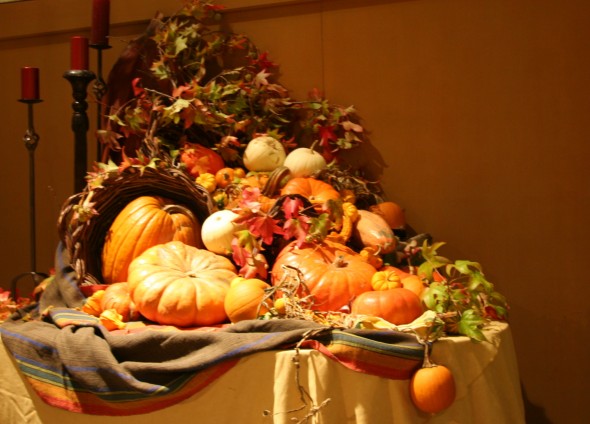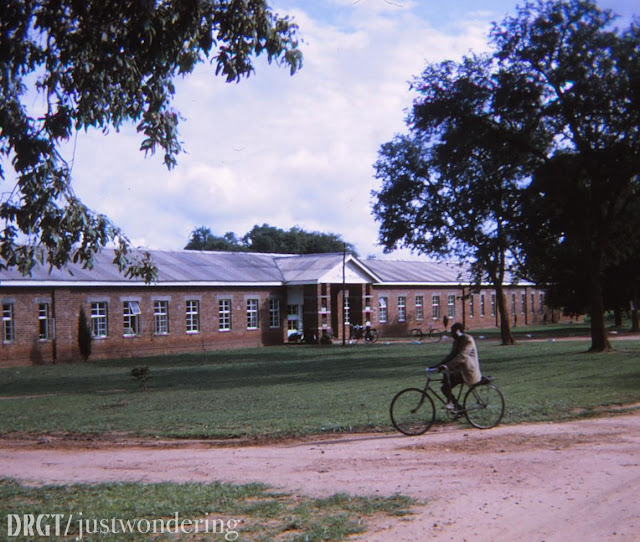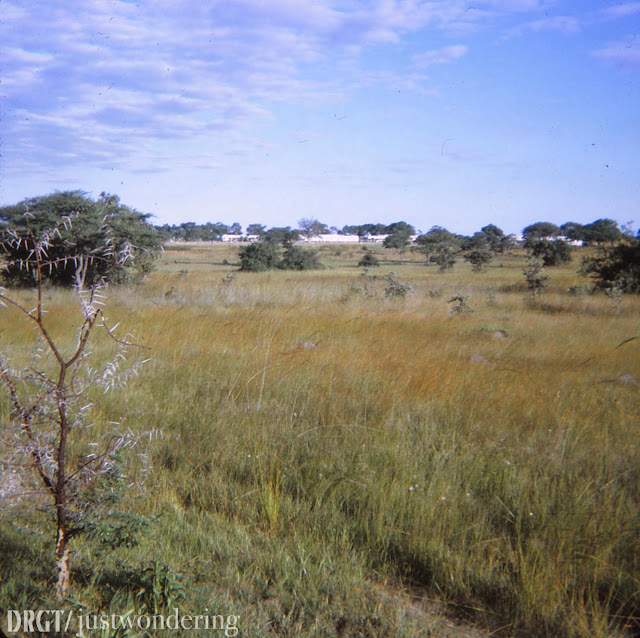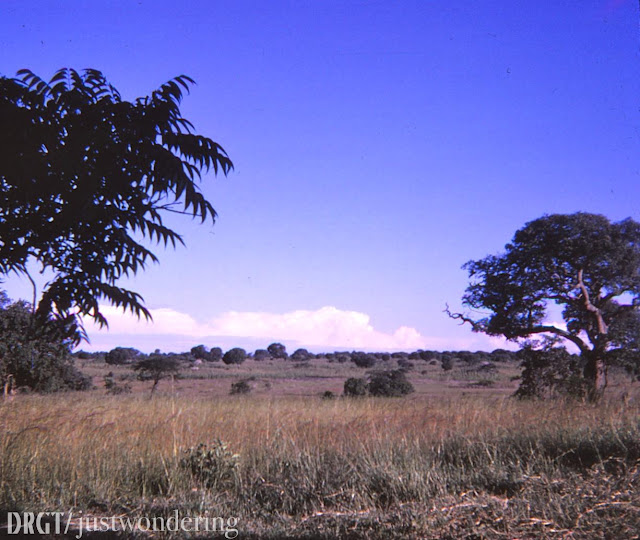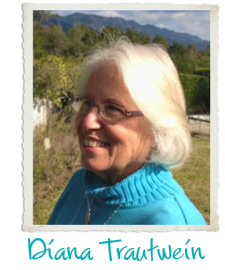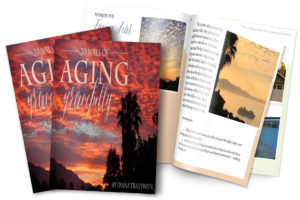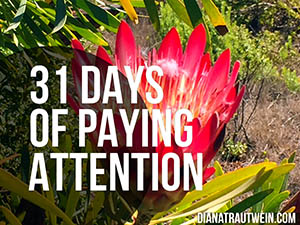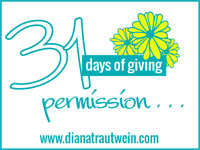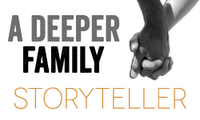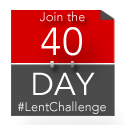I’m nearing the end of a wonderful online writing class (offered through www.tweetspeakpoetry.com) and for one of our lessons, we were asked to write something in the style of one of our favorite authors. I chose Barbara Brown Taylor, whose sermons are perfection. This small meditation is a very feeble attempt to echo her insightful handing of familiar Bible passages.
“Six days before the Passover Jesus came to Bethany, the home of Lazarus, whom he had raised from the dead. There they gave a dinner for him. Martha served, and Lazarus was one of those at the table with him. Mary took a pound of costly perfume made of pure nard, anointed Jesus’ feet, and wiped them with her hair. The house was filled with the fragrance of the perfume. But Judas Iscariot, one of his disciples (the one who was about to betray him), said, “Why was this perfume not sold for three hundred denarii and the money given to the poor?” (He said this not because he cared about the poor, but because he was a thief; he kept the common purse and used to steal what was put into it.)
Jesus said, “Leave her alone. She bought it so that she might keep it for the day of my burial. You always have the poor with you, but you do not always have me.”
It was a party, you know. A dinner party. Because that’s where all the really good things in life happen, right? Sharing a meal with people we love, laughing over a shared glass of wine, telling stories, building memories.
And they were all there, the whole motley crew. The Twelve that followed Jesus up the road and down again. And the three – the siblings, Martha, Mary, Lazarus – who loved Jesus and hosted him time and again.
And this was a special party, truly special. Lazarus had been . . . well, there’s no other way but to put the bald truth out there — Lazarus had been dead.
And then he wasn’t, because Jesus said, ‘Come out.’
But like many parties often do, this one wound down to just three people, three people in the spotlight.
Jesus, because . . . well, he was Jesus, after all.
And Judas, because he asks hard questions and flings accusations.
And Mary.
Mary?
Right here, in the deeply misogynistic world of 1st century Palestine, the one in the fullest glare of the spotlight, the one truly faithful disciple turns out to be . . . a woman.
All the guys are there — the crusty fisherman, the bickering brothers, the tax collector, the one who sat under the fig tree. And they’ve all been there for the last three years, covered in dust, sprinkled with Galilean water, living the daily ins and outs of the Jesus life.
Yet somehow, they missed it. They missed the point of it all, the thrust of their mission, the terrifying end of the story they didn’t even know they were telling.
But Mary?
Mary gets it. She is so full of the glorious, heartbreaking truth that it literally pours forth from her body. She comes to the end of the dining couch, where Jesus is reclining by the table. She bends down, breaks open a wildly expensive vial of fragrant oil, and pours it over his feet, loosing her hair to rub it right into the cracks and crevices, scandalizing everyone in the room except the one she came to anoint.
Because, you see, she had been paying attention. Like that other Mary, she was ‘pondering these things in her heart,’ listening with care. As Judas snarled, Jesus calmed the storm: “Leave her alone . . . this perfume has been stashed away just for today, to prepare me for . . . my burial.”
Even here, on the eve of his own brutal death, Jesus insists on changing up the rules for acceptable behavior. He shuts down what we might call the ‘churchy’ attitude, the self-righteous platitudes, and he elevates the simple but loving actions of a contemplative woman.
What we do and why and how we do it — that’s what counts. It’s not so much what we say or even what we believe — it’s what we do. Because the take-home truth is this: the surest sign of a true disciple is the delicious aroma that permeates every corner of the house.
Every corner.
In the midst of a hard and tiring week, I’m thankful tonight for
the stories of scripture,
the gentle care of health aides where our moms live,
the sunshine sparkling on the water,
a 91 degree swimming pool for therapy on unhappy tendons,
CPK salads for dinner.
Joining this with Michelle and Jen, Ann & Jennifer this week:




